On April 12, District 4 Supervisor Joel Engardio grinned while holding a green REC & PARK sign with the words “Sunset Dunes Park” inscribed in white. While seemingly innocuous, this moment marked the opening of the two-mile long pedestrian walkway that parallels Ocean Beach—and culminated a five-year long battle over what this coastal stretch of land should be used for.
As some may know, the Great Highway has an extensive history that predates any official development from city planners. The original stewards of the land were the Ramaytush Ohlone, which translates to “people of the west” in the Chochenyo language. In 1776, the Spanish took control over the area during their establishment of the Presidio. Almost a century later, the City and County of San Francisco acquired the land via the Outside Lands Act. Finally, the Great Highway was made accessible with the hope of improving traffic conditions and inviting residents westward. In the decades since, car culture had been stitched into the identity of both the Great Highway and residents of the Sunset District.
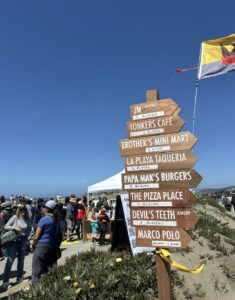
photo courtesy of Lila Kangelaris
However, the COVID-19 pandemic brought change. In April 2020, the highway was shut off to cars so that San Franciscans had space to walk outside and still stay six feet from others. However, many complained; in the end, a lawsuit was filed against the city, with LivableSF and Former District 7 supervisorial candidate Matt Boschetto as key plaintiffs.
A major development arrived in November 2024. Passing with 54% of the vote in the local election, Proposition K secured the closure of most of the Great Highway and development of a park in its place. Soon thereafter, a local organization, Friends of Ocean Beach Park, was established to both aid the transition and involve the community wherever possible. For example, the organization hosted a variety of weekly events next to the beach—from chair yoga to Tai Chi—and opportunities for residents to help paint the cement.
On April 12th of this year, Engardio and residents hosted the opening ceremony for Sunset Dunes Park. “There was a lot of coming together within the actual event,” said Lila Kangelaris ’26, a resident of the Outer Richmond who went on April 12. In addition to a ribbon-cutting ceremony, the day featured live music, tents manned by businesses and a total of 13,000 residents looking to bask in the sun.
For many living nearby, the closure of the road has offered a reason to leave the house, get moving and socialize. One such person is Audrey Lynch ’26, a Parkside resident who first heard about closure plans during an internship at Engardio’s office. Ever since April 2020, Lynch has enjoyed running, biking and skateboarding next to the water.
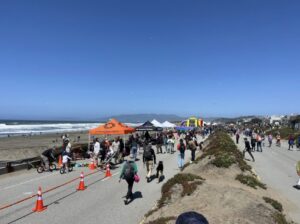
photo courtesy of Lila Kangelaris
Another resident enjoying the park is LWHS history teacher Marissa Cornelius, who lives on 46th street and Judah. “It’s a very joyful, community oriented space.” Most of all, though, Cornelius supports a move away from cars—and simultaneous investments in public transportation—at a time when carbon emmissions keep climbing.
In addition to residents, many business owners—such as Joshua James, who runs Ocean Beach Cafe at 734 La Playa St—are excited to see more people in the area. “[Ocean Beach] is psychologically ‘too far away’ and out of orbit for what seems like a million people in this city,” James said. “Get down to the beach San Franciscans!” And that seems to be happening: since the closure, around 5,000 visitors have been coming to the park daily.However, the move has not been universally supported. One resident in opposition is Richard Brandi ’71, a LWHS alum and historic preservationist living in San Francisco. During the pandemic, Brandi and a friend attempted to bicycle down the highway when it was closed. “You couldn’t even bicycle down a path because there were too many people crossing at all different angles and at different speeds,” Brandi said. “It was chaos.” While Brandi supports green space, he does not support the closure of a major north-south highway that residents rely on to commute to work, get groceries and more. Some of these views were underscored by protesters during the park’s opening day. Many held “Recall Engardio” signs, referencing a recall campaign launched in late 2020 that accuses the supersivor of not adequately consulting—and sometimes even ignoring—constituents. To trigger a special election, the recall campaign would need 10,000 signatures by May 22.
Ultimately, the fight over Sunset Dunes is not the first debate over land that has historically served different purposes for different people. “There’s always this argument about who gets space, what it’s used for, and who has the power to decide,” Kangelaris said.
In San Francisco, “Prop K,” “Joel Engardio” and “Sunset Dunes” have become hot button names. Yet, as climate change has worsened, other cities worldwide—including New York and London—have faced similar contentions over the shift away from cars. For this reason, pedestrianization projects—and their urban planning implications—are certainly here to stay.
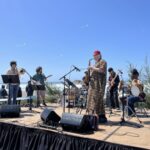

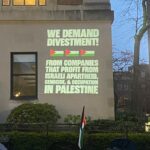
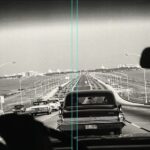
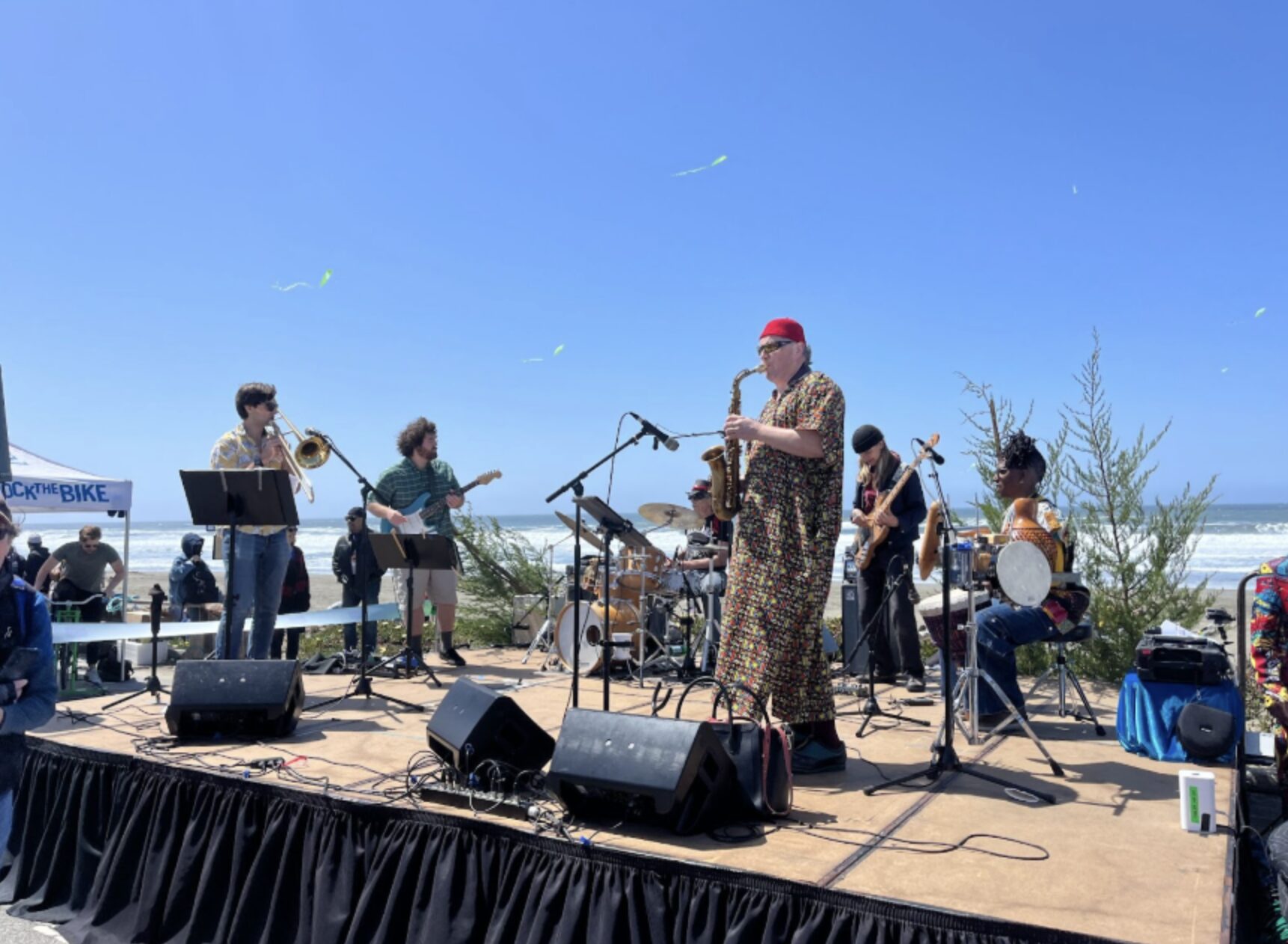


+ There are no comments
Add yours